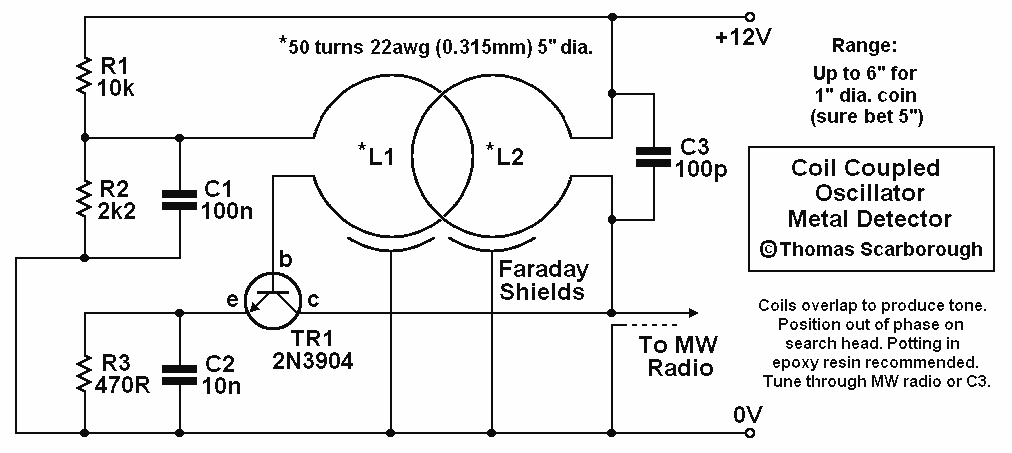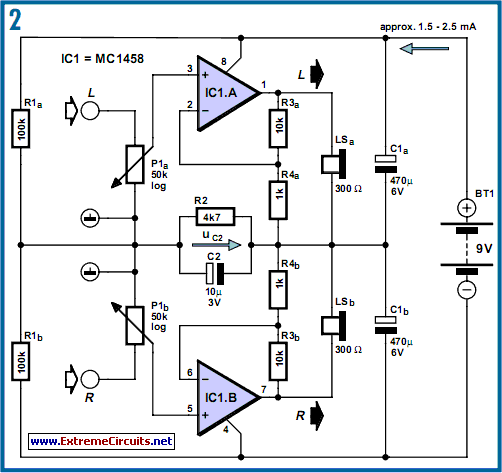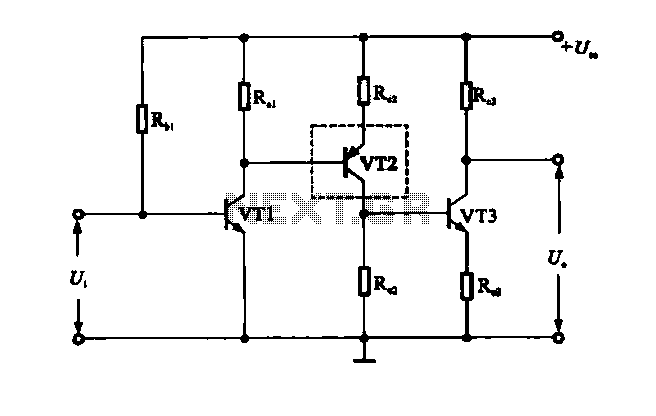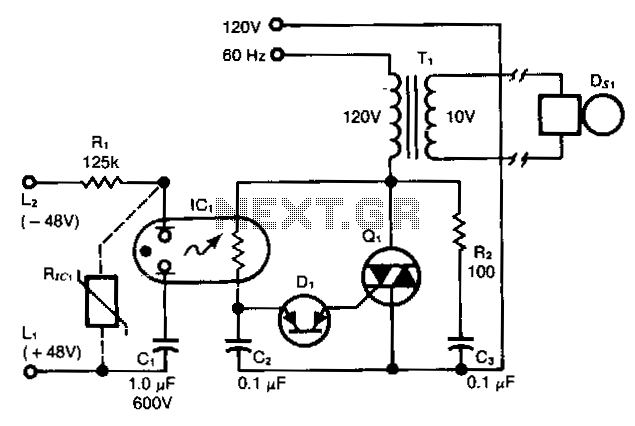
OPTICALLY COUPLED V F
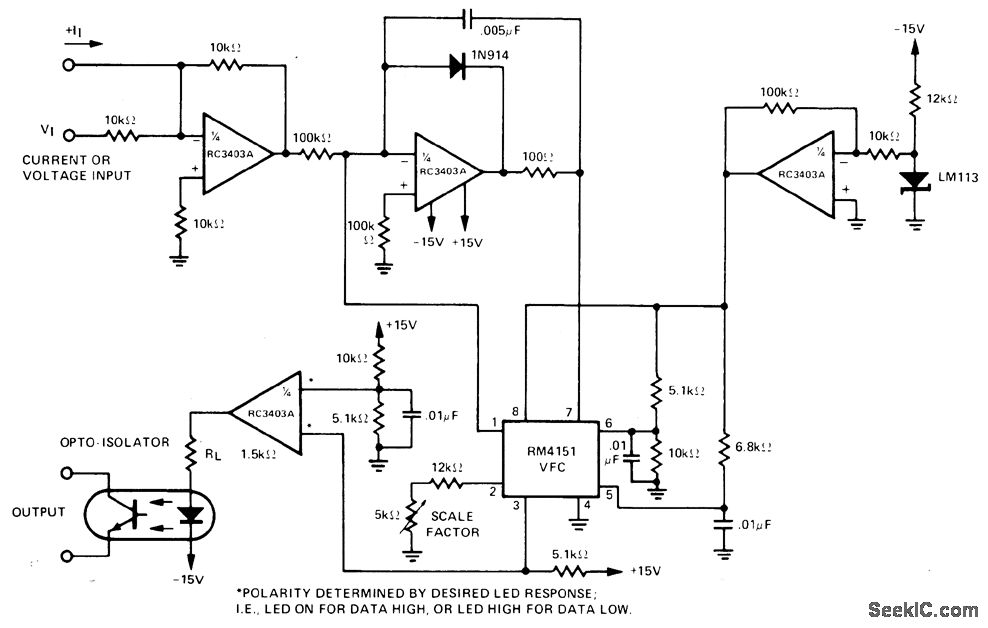
The input voltage range of 0-10 V is converted to a proportional frequency at the output of an optoisolator using the RM4151 converter. This converter is paired with the RC3403A quad op-amp, which serves multiple functions including inverter, integrator, regulator, and LED driver.
The circuit employs the RM4151, a precision analog-to-frequency converter, which effectively translates the input voltage into a corresponding frequency output. This conversion is crucial for applications where isolation between the input and output is necessary, such as in signal processing and control systems. The optoisolator ensures that no direct electrical connection exists between the high-voltage input side and the low-voltage output side, enhancing safety and protecting sensitive components.
The RC3403A quad op-amp plays a vital role in the circuit by providing versatile signal conditioning capabilities. As an inverter, it can invert the input signal, while the integrator function allows for the accumulation of the input signal over time, producing a voltage that represents the integral of the input. The regulator function maintains a stable output voltage despite variations in the input voltage or load conditions, ensuring consistent performance. Additionally, the op-amp can drive LEDs, providing visual feedback or indication of the circuit's status.
This combination of components results in a highly linear response, making the circuit suitable for precision applications. The data and specifications for these components can be found in the 'Linear Integrated Circuit Data Book' published by Raytheon Semiconductor Division, Mountain View, CA, in 1978, specifically on pages 7-40 to 7-41. The design exemplifies how analog signal processing can be effectively achieved using integrated circuits, highlighting the importance of component selection in achieving desired performance characteristics.Input voltage range of 0-10 V is converted to proportional frequency at output of optoisolator with high linearitv bv RM4151 converter used in combination with RC3403A quad opamp that provides. functions of inverter, integrator, regulator, and LED driver - ‚Linear Integrated circuit Data Book, ‚Raytheon Semiconductor Division, Mountain View, CA
, 1978 p 7-40-7-41. 🔗 External reference
The circuit employs the RM4151, a precision analog-to-frequency converter, which effectively translates the input voltage into a corresponding frequency output. This conversion is crucial for applications where isolation between the input and output is necessary, such as in signal processing and control systems. The optoisolator ensures that no direct electrical connection exists between the high-voltage input side and the low-voltage output side, enhancing safety and protecting sensitive components.
The RC3403A quad op-amp plays a vital role in the circuit by providing versatile signal conditioning capabilities. As an inverter, it can invert the input signal, while the integrator function allows for the accumulation of the input signal over time, producing a voltage that represents the integral of the input. The regulator function maintains a stable output voltage despite variations in the input voltage or load conditions, ensuring consistent performance. Additionally, the op-amp can drive LEDs, providing visual feedback or indication of the circuit's status.
This combination of components results in a highly linear response, making the circuit suitable for precision applications. The data and specifications for these components can be found in the 'Linear Integrated Circuit Data Book' published by Raytheon Semiconductor Division, Mountain View, CA, in 1978, specifically on pages 7-40 to 7-41. The design exemplifies how analog signal processing can be effectively achieved using integrated circuits, highlighting the importance of component selection in achieving desired performance characteristics.Input voltage range of 0-10 V is converted to proportional frequency at output of optoisolator with high linearitv bv RM4151 converter used in combination with RC3403A quad opamp that provides. functions of inverter, integrator, regulator, and LED driver - ‚Linear Integrated circuit Data Book, ‚Raytheon Semiconductor Division, Mountain View, CA
, 1978 p 7-40-7-41. 🔗 External reference
